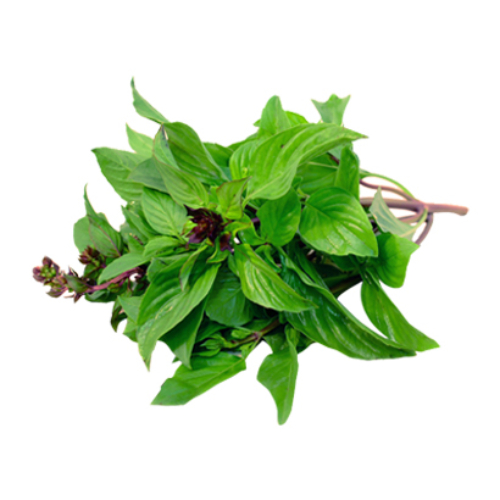SWEET BASIL OIL
Specification:
Botanical name: Ocimum Basilicum
Cultivation method: Natural grown
Country of Origin: Vietnam
Extraction Method: Steam Distilled
Plant Part use: Leaves
Appearance: Clear, Mobile Liquid
Colour: Pale yellow
Relative density at 20℃: 0.910 – 0.985
Refractive index at 20℃: 1.500 – 1.525
Optical rotation at 20℃: – 6 to +2
Main component: Methyl chavicol: 70 to 90%, 1-8-cineole: 1 to 5%, linalool: 0.5 to 3%
















